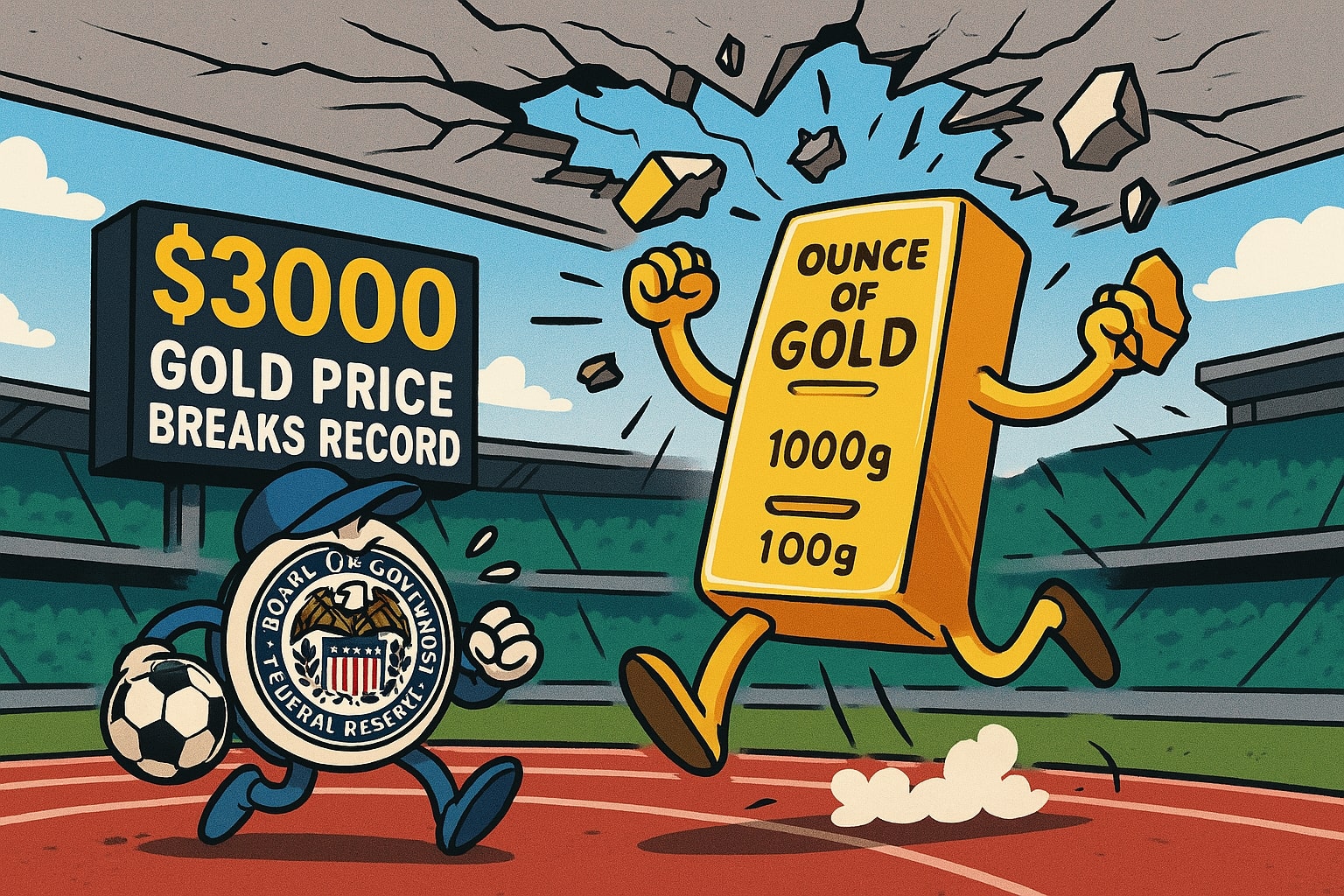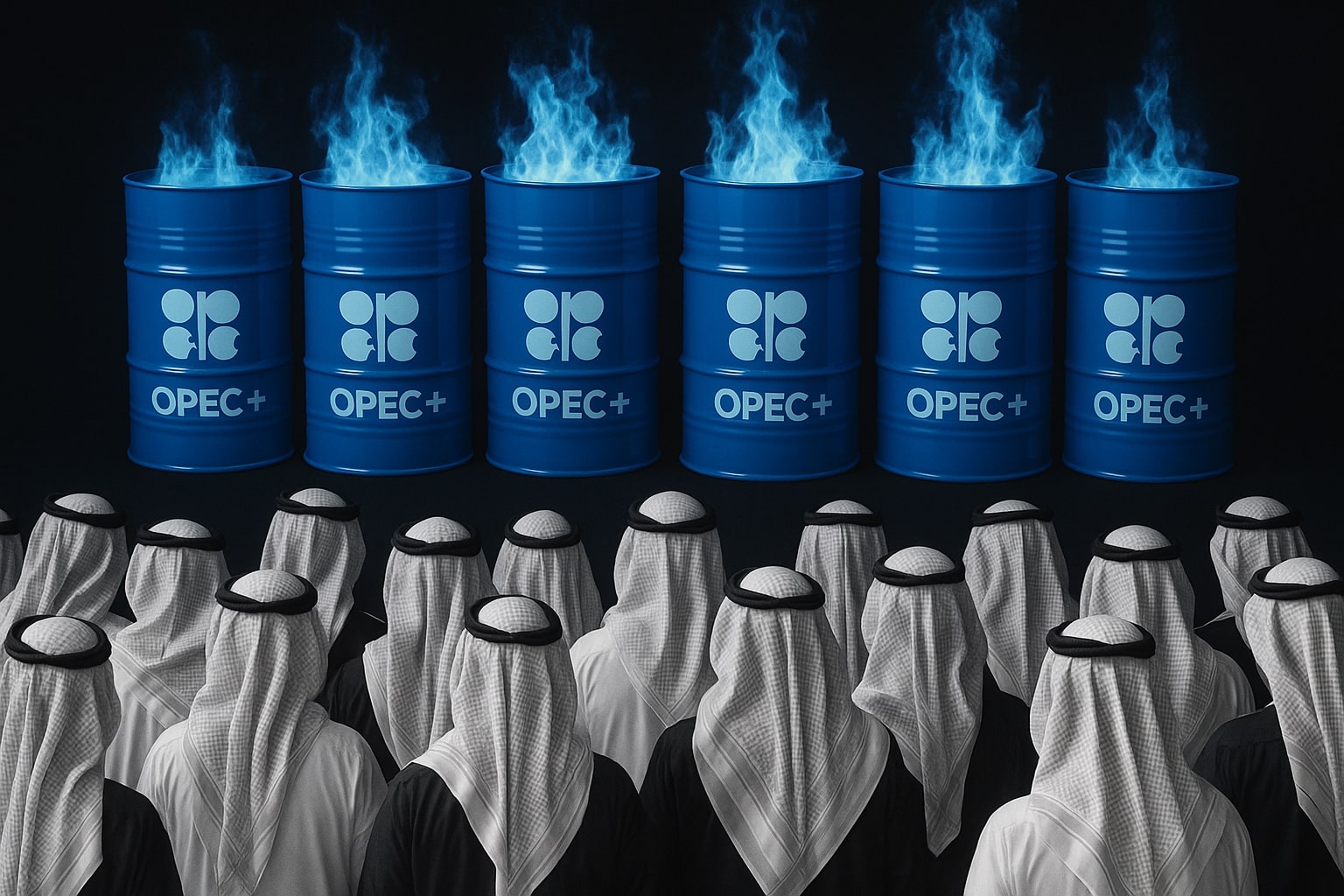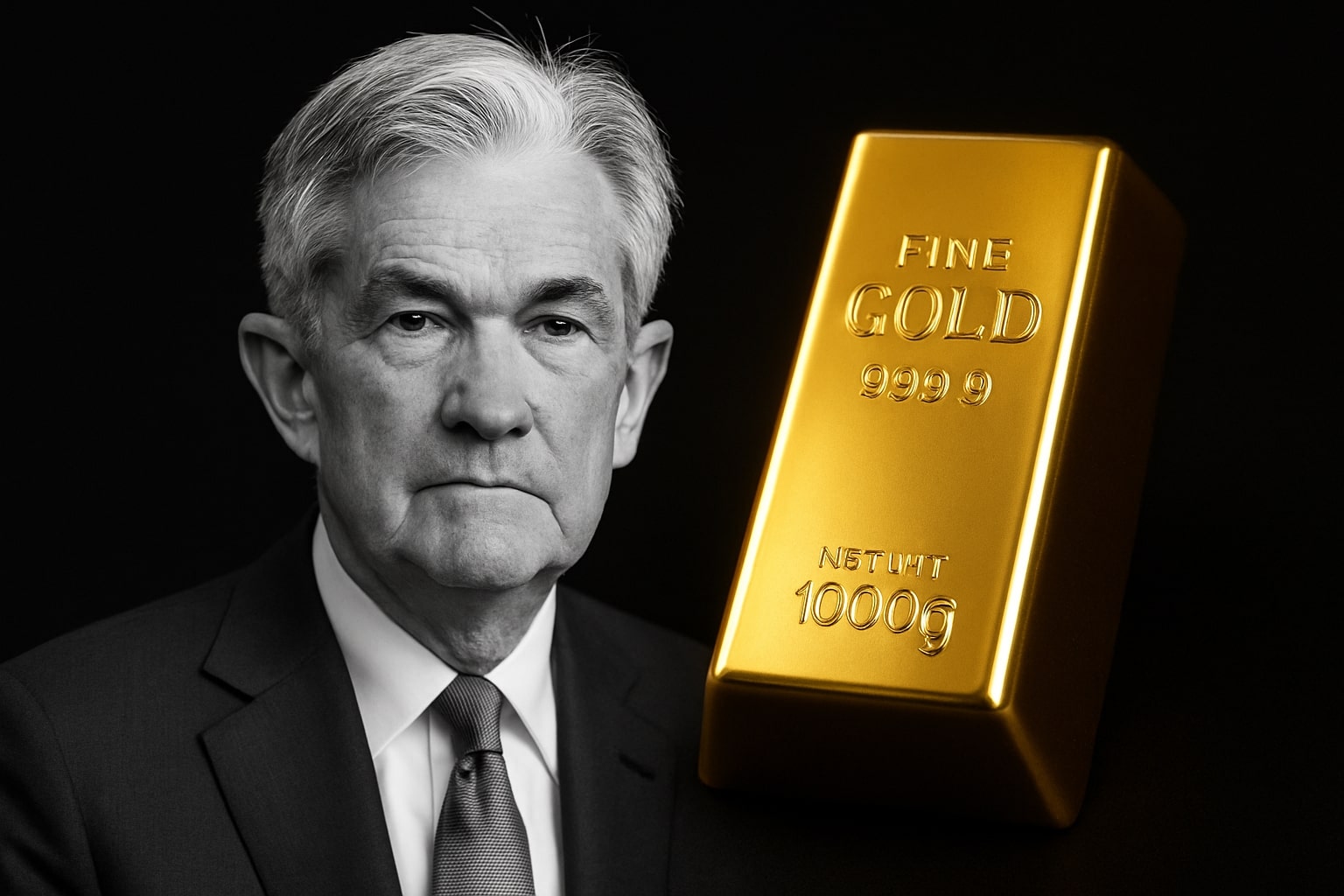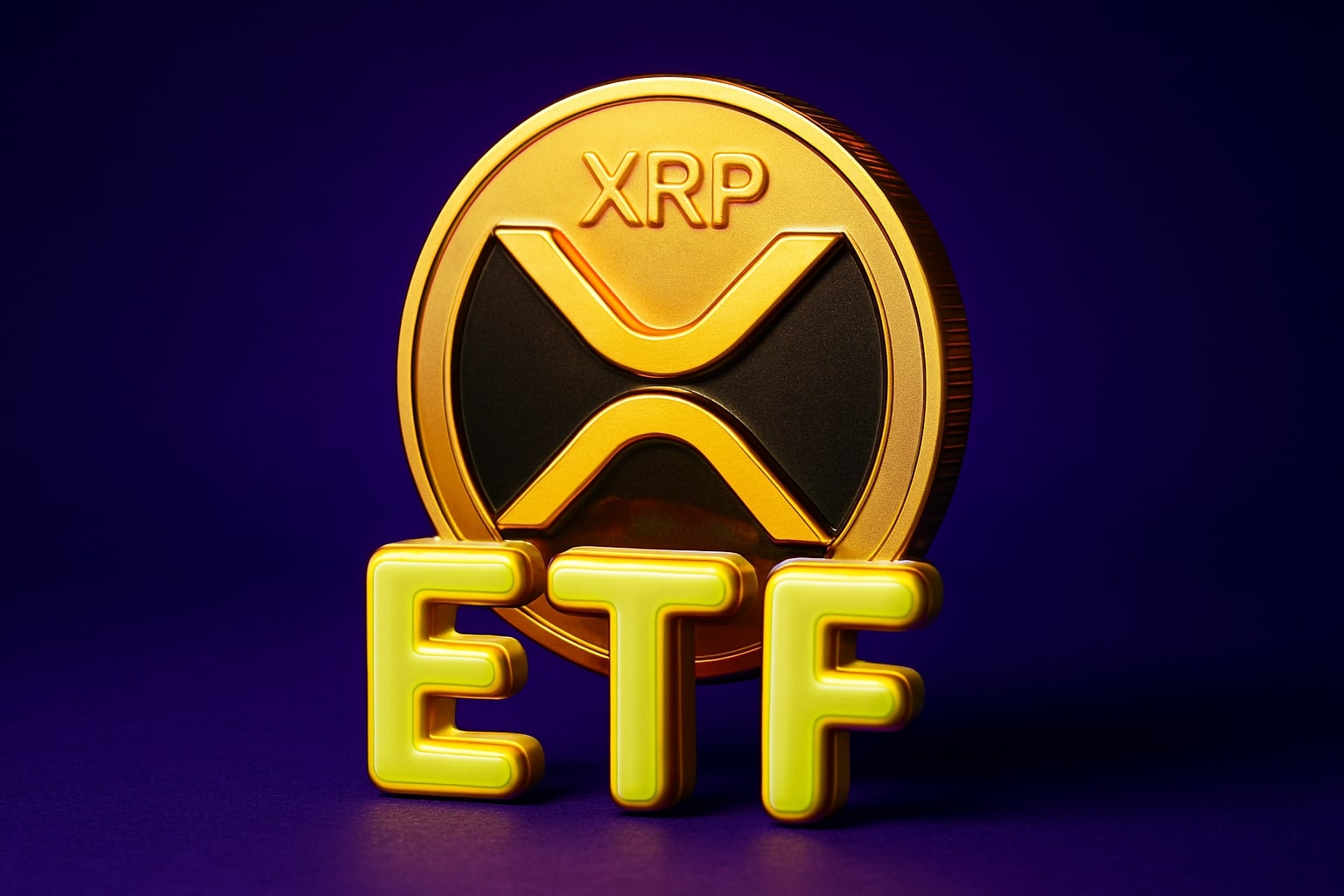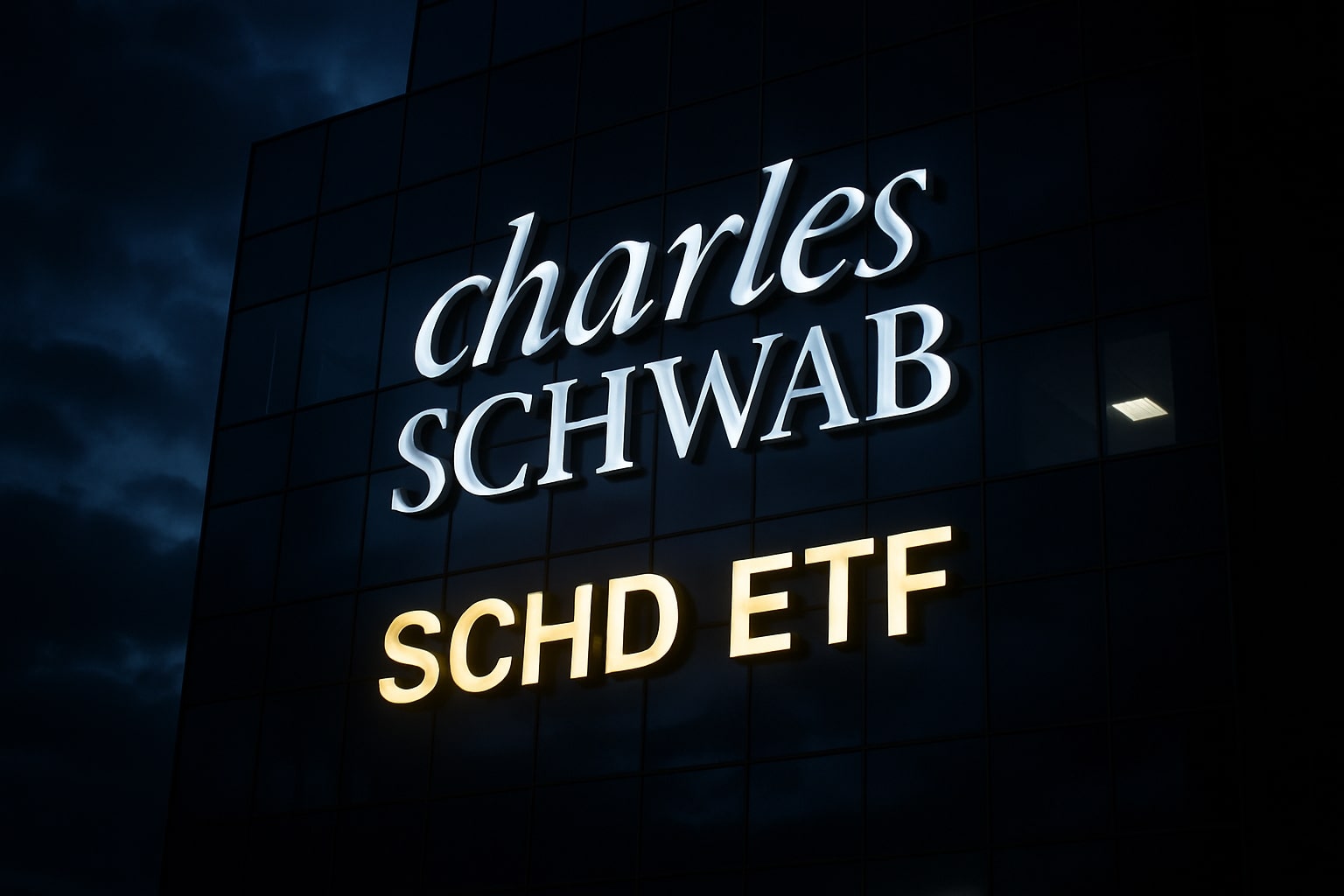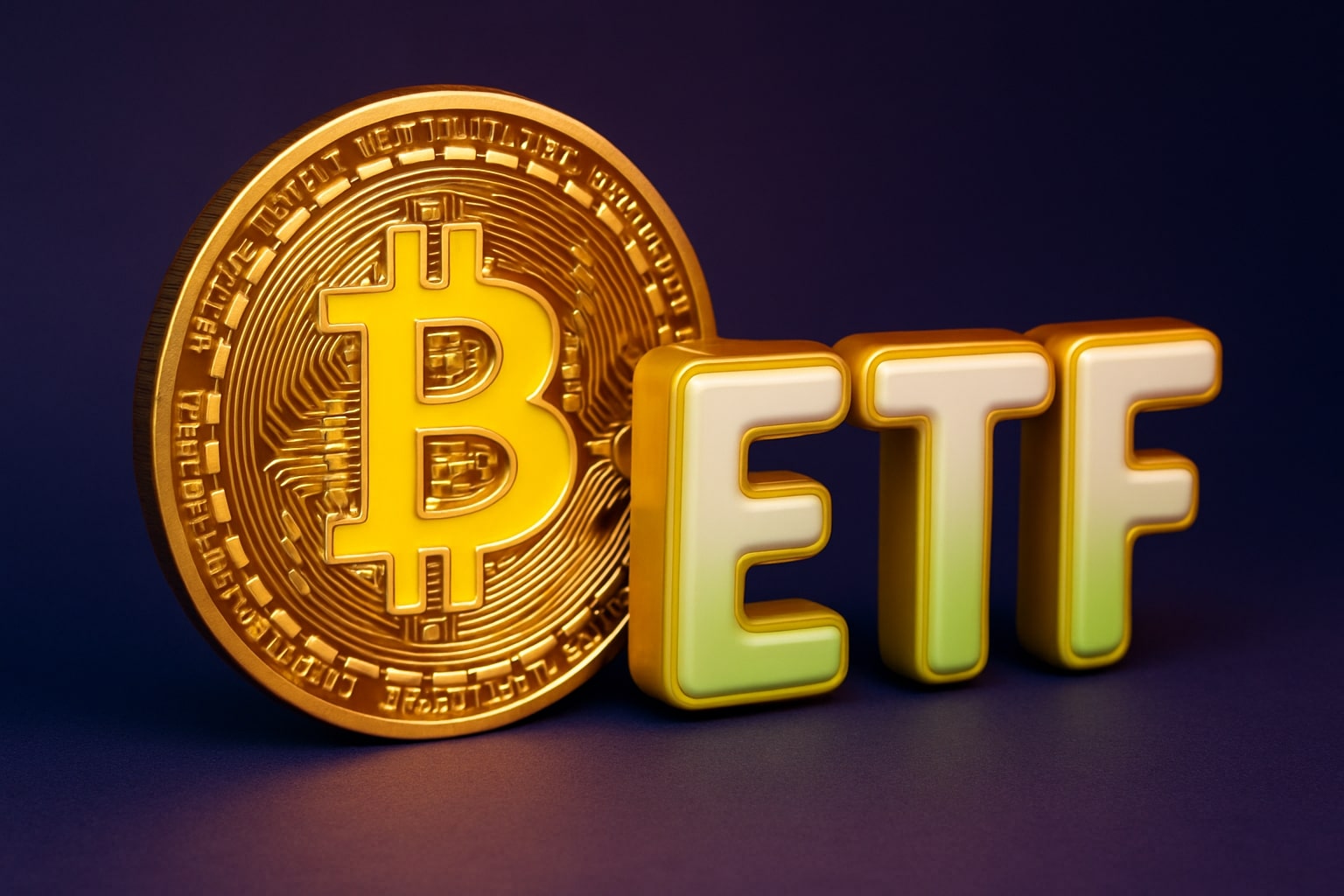Gold Price Outlook: A Resilient Surge Amid Global Instability
The price of gold (XAU/USD) has been on a remarkable trajectory in recent months, reaching unprecedented highs amidst increasing geopolitical tensions, tariff concerns, and market uncertainty. As of April 2025, gold has broken past significant milestones, with the price of gold soaring to over $3,100 per ounce in early April, marking a record-breaking surge. This surge is driven by several key factors including U.S. tariffs, global recession fears, and ongoing geopolitical conflicts, notably the Russia-Ukraine war and tensions in the Middle East.
Gold's price performance is currently exhibiting its potential to thrive as a safe-haven asset, benefiting from both macroeconomic conditions and market sentiment. Recently, the price of gold rose by nearly $40 in just 24 hours, touching $3,007.79 per ounce, reflecting a 1.3% gain in a volatile market. As of today, the price of gold is poised at $3,010, supported by both technical and geopolitical factors, signaling strong investor confidence in the metal despite short-term volatility.
Gold's Market Drivers: Tariffs, Recession Fears, and Geopolitical Tensions
One of the primary catalysts for gold's strong performance has been the escalating trade tensions between the United States and China. U.S. President Donald Trump's tariff announcements, which include a potential 50% tariff on Chinese imports, have sent ripples across global markets. This move has intensified fears of a global recession, prompting investors to seek refuge in gold. The ongoing tariff war is just one facet of the broader geopolitical instability, which includes military tensions in Ukraine and the Middle East. As these conflicts show no signs of abating, gold continues to act as a hedge against these uncertainties.
At the same time, the U.S. Federal Reserve's shifting stance on interest rates is also contributing to the bullish momentum for gold. With rising expectations for a rate cut in 2025, the opportunity cost of holding non-yielding assets like gold becomes more appealing. As the dollar weakens, gold, priced in U.S. dollars, becomes more attractive to foreign investors, further fueling demand.
Gold's Technical Performance and Market Sentiment
The technical outlook for gold is also bullish. The metal's performance in 2025 shows resilience, despite fluctuations due to external market pressures. The key psychological level of $3,000 continues to hold as a major support zone, with gold consistently bouncing back from this level. For example, gold's recent dip below $3,000 was short-lived, as it quickly reversed course and regained strength, surpassing the $3,000 mark again. This demonstrates that investors remain committed to gold as a long-term store of value, especially during times of market uncertainty.
The next resistance levels for gold are projected at $3,040 and $3,057, with the all-time high sitting at $3,167. If gold maintains its upward trajectory, it could easily target these levels in the near future. However, a sustained break below $3,000 could lead to further consolidation, with potential support at $2,955.
Gold's Growing Appeal as a Hedge Against Economic Instability
As global financial markets continue to experience turbulence, the allure of gold as a hedge against inflation and economic instability has only grown stronger. The yellow metal has gained more than 15% year-to-date, as it continues to perform well amid the broader market’s volatility. Despite the downturns in equities, including the S&P 500's struggles in recent weeks, gold has remained a stable asset for investors seeking safety.
Gold's consistent growth throughout 2025 reflects its ability to serve as a reliable store of value during periods of economic stagnation and recession fears. With central banks around the world continuing to hold large reserves of gold, the supply of the precious metal is becoming increasingly constrained, further supporting its value.
The Role of Central Banks in Gold’s Bullish Momentum
Central bank activity has also played a significant role in driving gold prices higher. Many central banks, particularly in emerging markets, have been increasing their gold reserves, further tightening the supply of the precious metal. In January 2025, central banks added more than 18 metric tons of gold to their reserves, with Uzbekistan, China, and Kazakhstan leading the way. This trend of accumulation by central banks has been ongoing since late 2015, with global gold reserves increasing by 10,000 metric tons.
As central banks continue to add gold to their reserves, they effectively remove it from the market, limiting supply and further enhancing gold's value as a store of wealth. This sustained demand from institutional buyers, coupled with the increasing geopolitical risks, ensures that gold remains a crucial part of any diversified portfolio.
Gold ETFs and Retail Investor Demand
In addition to institutional buyers, retail investors have also been flocking to gold as a safe-haven investment. Gold-backed exchange-traded funds (ETFs) saw substantial inflows in February 2025, totaling $9.4 billion, the highest monthly inflow since March 2022. These funds are a convenient way for retail investors to gain exposure to gold without physically holding the metal. The rise in gold ETF purchases is reflective of broader investor sentiment, as many seek to hedge against potential market crashes and economic downturns.
As geopolitical risks and economic uncertainties continue to escalate, it is likely that the demand for gold ETFs will remain strong, further supporting gold's price.
Gold Price Forecast for 2025 and Beyond
Looking ahead, the outlook for gold remains bullish. The combination of rising geopolitical risks, economic uncertainty, and the potential for further interest rate cuts from the Federal Reserve sets the stage for continued strength in the gold market. Goldman Sachs, which has been bullish on gold, predicted a further 8% gain in 2025, though gold has already surpassed that target early in the year.
The expansion of China’s insurance sector into gold investments could also provide a fresh catalyst for price growth. As part of a new pilot program, 10 Chinese insurance companies are allowed to invest up to 1% of their assets in gold, which could lead to an additional $27.4 billion in gold purchases, further tightening the market.
Gold’s Long-Term Appeal
Gold's long-term appeal lies in its ability to preserve wealth during times of economic instability, inflation, and geopolitical turmoil. With no end in sight to the current global trade and political tensions, gold will continue to benefit from its status as a safe-haven asset. Investors should closely monitor the $3,000 support level, as a failure to maintain this threshold could lead to short-term corrections. However, with strong fundamentals supporting its rise, gold is poised to reach new highs in the years to come.
As global instability persists, gold will likely remain a key asset for investors seeking stability and protection from economic uncertainties.














